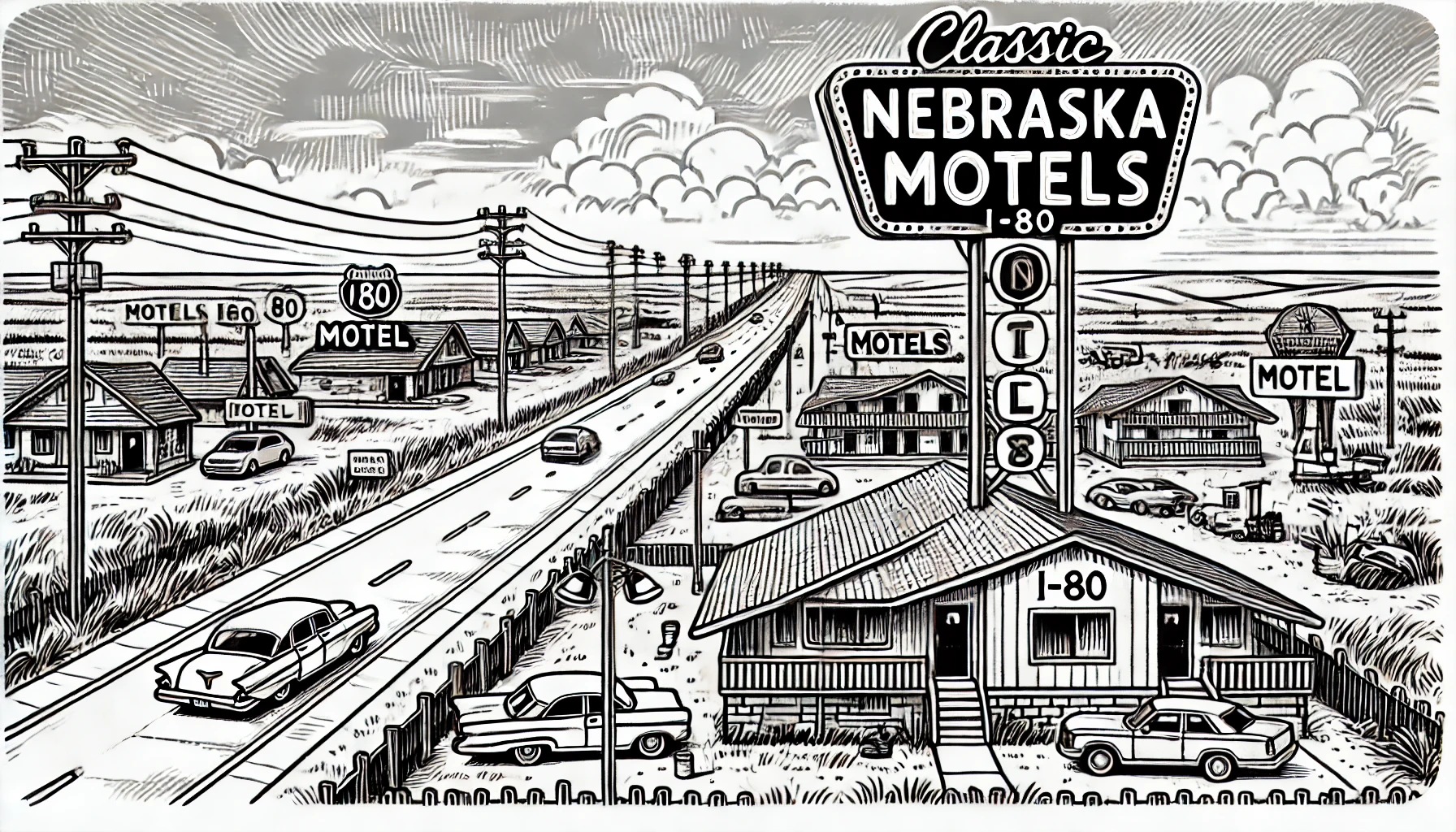Scotts Bluff National Monument Geology

Traveling through Nebraska, nature and wildlife enthusiasts often stop to marvel at the iconic Scotts Bluff National Monument. While this prominent rock formation, located near Gering, Nebraska, has been a significant landmark for thousands of years, its geology is equally fascinating. Scotts Bluff National Monument is situated in a region of generally flat to rolling Great Plains, where it rises dramatically as a series of five interconnected rock formations.
The monument is primarily composed of Brule clay and limestone with interbedded sandstone, siltstone, and shale. The Brule Formation, named after the nearby Brule River, consists of layered sediments deposited in the south-central portion of the Western Interior Seaway during the late Eocene to early Oligocene epochs. This seaway once covered much of the region, stretching from the Gulf of Mexico to Hudson Bay, before gradually receding.
The rocks that form Scotts Bluff National Monument have been shaped by a combination of tectonic forces, weathering, erosion, and volcanic activity. Specifically, uplift associated with the Laramide Orogeny in the late Cretaceous period led to the exposure of these pre-existing sediments to the elements. Weathering of the relatively soft shale and siltstone layers beneath the more resistant limestone led to the development of unique rock formations such as the characteristic 'bluffs' that give the monument its name.
Tectonic uplift of the North Platte River valley, which the monument overlooks, played a critical role in creating its current morphology. The river itself cuts a path through the formation, steadily eroding away softer rock layers and exposing the harder limestone and sandstone layers on either side. The unique intersection of geological forces has shaped Scotts Bluff National Monument into the striking natural landmark visible today.
These same forces are evident throughout the broader geology of the North Platte River valley, where similar formations such as Courthouse Rock and Jail Rock demonstrate the ongoing impact of tectonic uplift and erosion. Located several miles west of Scotts Bluff, these smaller rock formations demonstrate the regional variation in rock types, structural evolution, and geomorphological responses.
Regional geologists have also drawn parallels between the geology of the Scotts Bluff area and the larger geology of the Great Plains region. For example, extensive erosion of rock formations across the region has occasionally led to the formation of various fossil deposits. These discoveries provided critical information for understanding prehistoric developments in the region.
One outstanding aspect of the geology of Scotts Bluff National Monument involves the human use of the space, which was crucial to the early westward expansion in the 19th century. Pioneers who traveled along the historic Oregon Trail would take advantage of its location near the North Platte River for supplies and to navigate further westward. In addition to the direct relation to human exploitation and utilization of this particular location, the overall geological foundations provide an environmentally responsible and geological basis for understanding of these geological processes for human behavior and its impact.
From studying this unique geological example to applying understanding at other geological sites and examining unique events during the human experience will necessarily develop a better understanding of these processes.
The monument is primarily composed of Brule clay and limestone with interbedded sandstone, siltstone, and shale. The Brule Formation, named after the nearby Brule River, consists of layered sediments deposited in the south-central portion of the Western Interior Seaway during the late Eocene to early Oligocene epochs. This seaway once covered much of the region, stretching from the Gulf of Mexico to Hudson Bay, before gradually receding.
The rocks that form Scotts Bluff National Monument have been shaped by a combination of tectonic forces, weathering, erosion, and volcanic activity. Specifically, uplift associated with the Laramide Orogeny in the late Cretaceous period led to the exposure of these pre-existing sediments to the elements. Weathering of the relatively soft shale and siltstone layers beneath the more resistant limestone led to the development of unique rock formations such as the characteristic 'bluffs' that give the monument its name.
Tectonic uplift of the North Platte River valley, which the monument overlooks, played a critical role in creating its current morphology. The river itself cuts a path through the formation, steadily eroding away softer rock layers and exposing the harder limestone and sandstone layers on either side. The unique intersection of geological forces has shaped Scotts Bluff National Monument into the striking natural landmark visible today.
These same forces are evident throughout the broader geology of the North Platte River valley, where similar formations such as Courthouse Rock and Jail Rock demonstrate the ongoing impact of tectonic uplift and erosion. Located several miles west of Scotts Bluff, these smaller rock formations demonstrate the regional variation in rock types, structural evolution, and geomorphological responses.
Regional geologists have also drawn parallels between the geology of the Scotts Bluff area and the larger geology of the Great Plains region. For example, extensive erosion of rock formations across the region has occasionally led to the formation of various fossil deposits. These discoveries provided critical information for understanding prehistoric developments in the region.
One outstanding aspect of the geology of Scotts Bluff National Monument involves the human use of the space, which was crucial to the early westward expansion in the 19th century. Pioneers who traveled along the historic Oregon Trail would take advantage of its location near the North Platte River for supplies and to navigate further westward. In addition to the direct relation to human exploitation and utilization of this particular location, the overall geological foundations provide an environmentally responsible and geological basis for understanding of these geological processes for human behavior and its impact.
From studying this unique geological example to applying understanding at other geological sites and examining unique events during the human experience will necessarily develop a better understanding of these processes.
